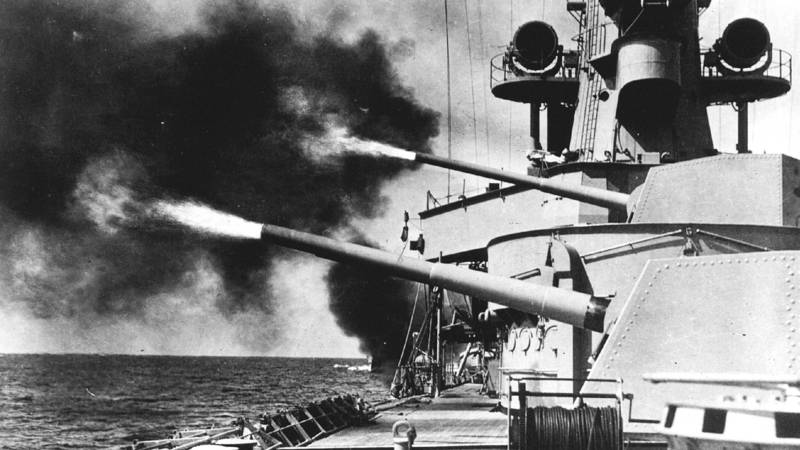The desecration of a war grave is a serious offence. In the last few years, we've been in the grip of this terrible grave robbery:
Dutch call on Indonesia to investigate reports of mass graves and war wrecks
Reports that human remains buried in unmarked mass graves on eastern Java after illegal salvage of second world war shipwrecks
The Netherlands has pressed Indonesia to investigate reports that the remains of Dutch sailors from illegally salvaged second world war shipwrecks off its coast were dumped in a mass grave.
The request comes after reports earlier this month that human remains were recovered from three Dutch shipwrecks, sunk during the decisive 1942 Battle of the Java Sea.
The remains were buried in an unmarked grave on eastern Java, according to an Indonesian investigative website.
The reports also said the remains of British sailors had been recovered from British wrecks.
In recent years a series of huge wrecks have been all but
removed from the waters off Indonesia by operators seeking to cash in on the valuable metals on board.
The ships that have been dismantled or vanished included the
Royal Navy destroyer HMS Electra, on which 119 men perished, HMS Exeter, a 175-metre heavy cruiser on which 54 died, and HMS Encounter, which was scuttled to avoid capture by the Japanese.
More than 900 Dutch and 250 Indo-Dutch sailors died during the Battle of the Java Sea, in which the Allied navies suffered a disastrous defeat by the Imperial Japanese Navy.
“The unconfirmed information from the recent reports, for instance about human remains ... will have to be investigated further locally,” Dutch Defence Minister Ank Bijleveld said.
“The investigation is needed to ascertain whether there’s a link to the three Dutch warships,” she said in a letter to the Dutch parliament, published Thursday.
Bijleveld said the Dutch ambassador met Indonesian officials about the issue and would speak to the transport minister.
“The Indonesian authorities confirmed they were looking into the reports and will see whether new information comes to light ... and will inform us if it does,” Bijleveld said, adding “it’s too early to speculate about the outcome of an investigation”.
Indonesian Navy spokesman Gig Jonias Mozes Sipasulta declined to comment to AFP on the reports.
“I have nothing to add on this matter,” he said.
Last week, Bijleveld said an initial probe by Dutch and Indonesian experts into the disappearance of the shipwrecks had provided “no definitive answers”.
But some angry Dutch parliamentarians fired back that her response left the impression “that the culprits will never be found,” the daily tabloid De Telegraaf reported.
Indonesia initially refused to take the blame for the missing ships, saying it had not been asked to protect the wrecks and therefore was not responsible for them, but later agreed to work with the Netherlands.
Amateur divers discovered the long-lost wrecks of three Dutch warships in 2002, 60 years after they sank in the major naval clash.
But an international expedition that sailed to the site ahead of the 75th anniversary of the battle was shocked to discover those wrecks and others had gone missing.
Experts say salvaging operations are rife throughout Indonesia, varying from large commercial operations using cranes and platforms to smaller ventures shipping scrap to dealers along Indonesia’s thousands of kilometres of coastline.





